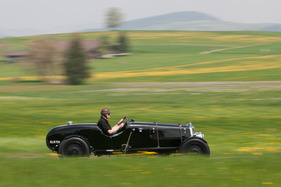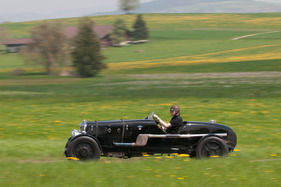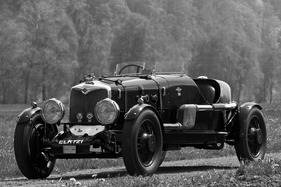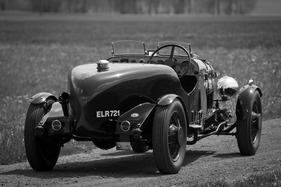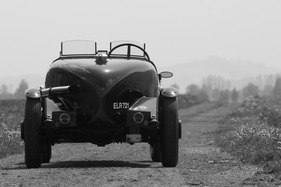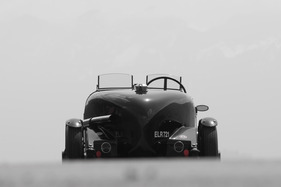Riley Kestrel Big Four Special - four pots for one hallelujah
Summary
The Riley brand became a household name at the latest with the Le Mans triumph of 1934, when Riley sports cars took 2nd, 3rd, 5th and 6th place. By 1937, countless vehicle variants had been produced, including saloons, convertibles and sports cars, which were enjoyed by many fans. The advanced yet robust technology also forms the basis of many specials. This report portrays a Riley Kestrel Big Four Special from 1938 and briefly introduces the early history of the Riley company. The article is supplemented by original sales brochures from the time.
This article contains the following chapters
- Ingenious inventors
- Robustness is the order of the day
- Motorsport successes
- Confusing model ranges
- Building blocks for sports car manufacturers to this day
- Almost like 80 years ago
- Further information
Estimated reading time: 4min
Preview (beginning of the article)
When you sit down in the Riley Kestrel Big Four Special from 1938, put on the leather cap and pull down the racing goggles, everyday life disappears and you are transported back to a time when driving was still an adventure and fast locomotion was primarily down to the skill of the driver and not the technology. The Riley brand name has long since disappeared from the magazine landscape, although it once stood for innovative cutting-edge technology and amazing motorsport successes. The history of Riley begins as early as 1773, when a William Ryley (still spelled with two "y "s) moves from Ireland to Coventry in England to manufacture looms. Two generations later, William Jr. switched to bicycles, but his sons began to take an interest in automobiles. In 1898, Percy Riley presented the world's first vehicle with a mechanically controlled intake valve. Even Carl Benz took notice of the young inventor.
Continue reading this article for free?
Photos of this article

























































































































